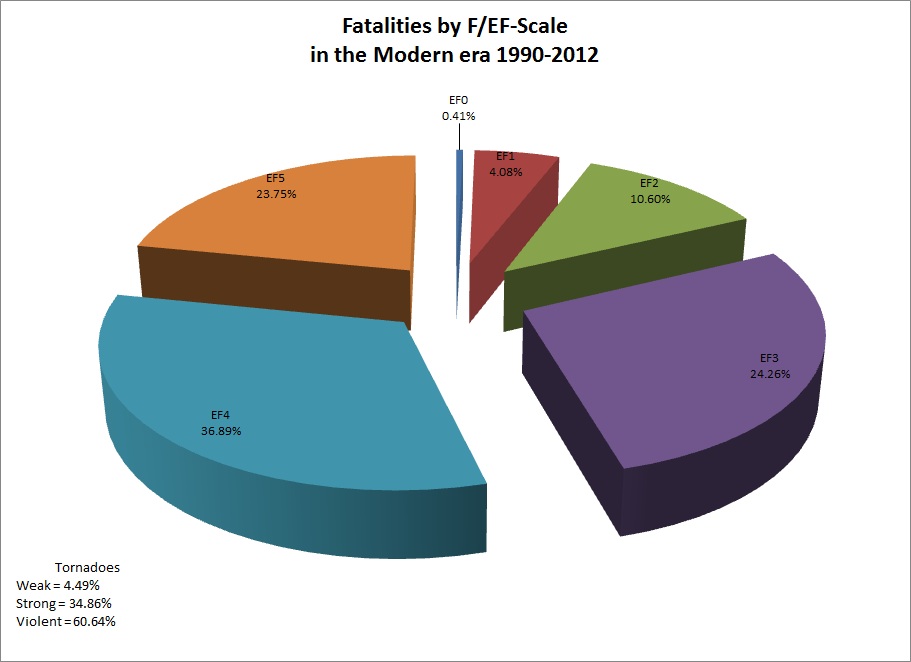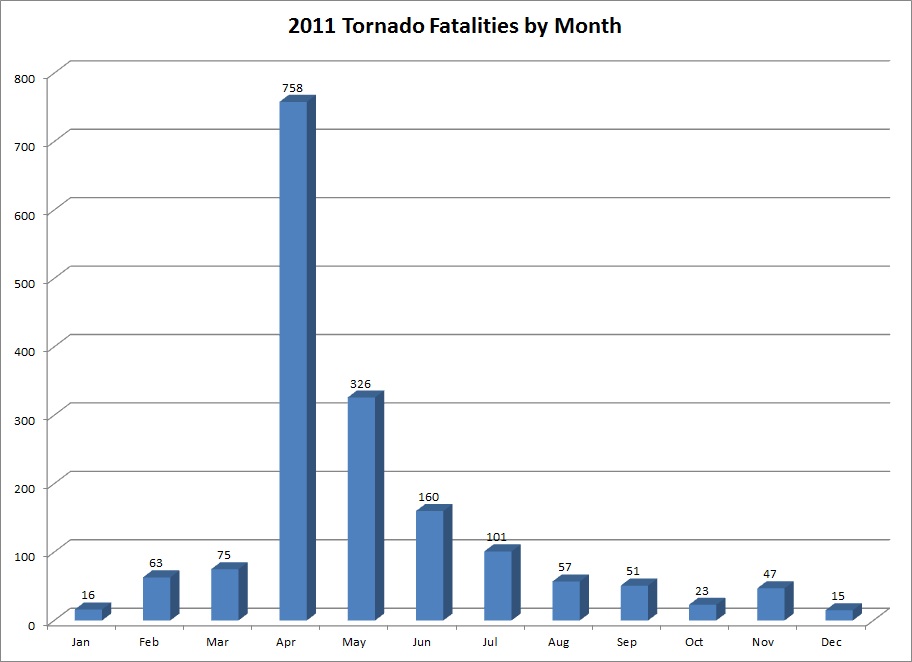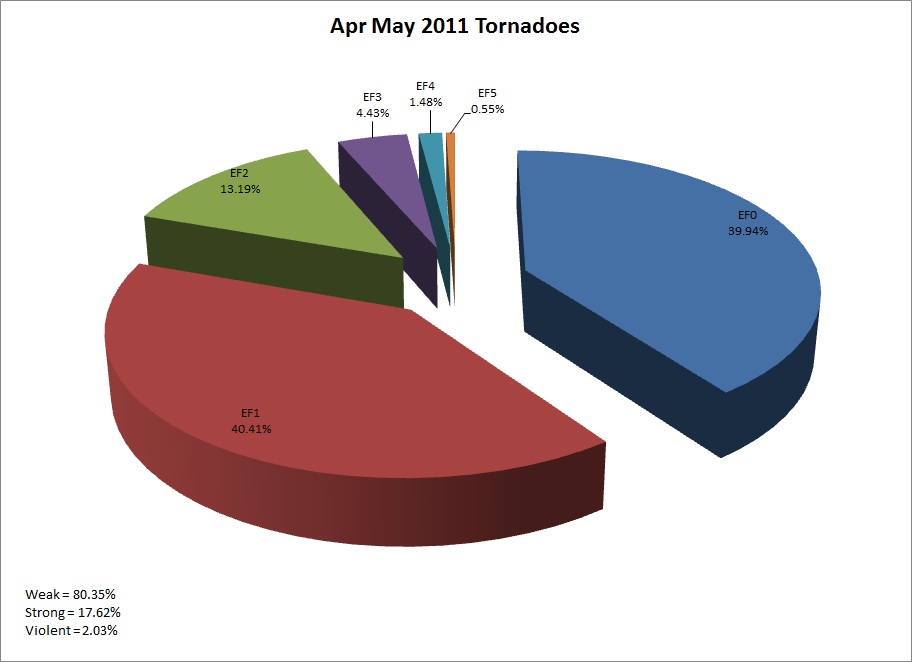Between 2005 and 2007, there was much discussion before changing the severe thunderstorm criteria for hail from 3/4-of-an-inch diameter to 1-inch diameter, or from the size of a penny to a size of a quarter. It doesn't seem that much of a change, but it is considering that damage to a house from hail starts somewhere around 1 1/4-of-an-inch in diameter.
Also, it was thought that Severe Thunderstorm warnings issued by local National Weather Service Offices were quite numerous and that by forecasting for the slightly larger hail, there wouldn't be so many severe thunderstorm warnings issued during the spring and summer months.
The graph below shows the difference in the number of hail reports annually since 1955 through 2012. Outside of the years before 1996, the number of 3/4-inch hail reports outnumbered 1-inch hail reports until 2007.
Coincidentally, verification was done at the old National Severe Storms Forecast Center prior to 1996 before being relocated in Silver Spring, MD. It was 2007 that the NWS changed the severe criteria to 1-inch diameter hail. It is seen that in the modern era (which is defined from 1990 on with the operation of Doppler radar) 1-inch diameter hail has been out-reporting 3/4-inch hail since 2009. This could be due more to that offices are not logging non-severe hail. Around 70% of all hail reports are now 1-inch diameter or better where prior to 2009 it was around 47%.
Does the change in hail criteria change the number of warnings issued nationwide? Let's look at a plot, first, of total warnings since 1990. We'll look at combined tornado and severe thunderstorm warnings since there is not a specific designation for hail warnings.
The plot above considers combined warnings from 2007 through 2012. Again, in October 2007, storm-based warnings were verified. This shows a decrease of 38% of warnings issued nationwide.
This could lead to the conclusion that changing the severe criteria to 1-inch diameter hail did decrease the number of warnings. But, one must consider that 2011 was an unusually active year for tornadoes and severe storms. Plus, damaging winds also plays a role in the issuance of severe thunderstorm warnings. Convective winds of 50 kt (58 mph) or better meets severe criteria, as does wind damage. Damage to large trees and outbuildings makes for a large array of considerations to issue severe thunderstorm warnings.









